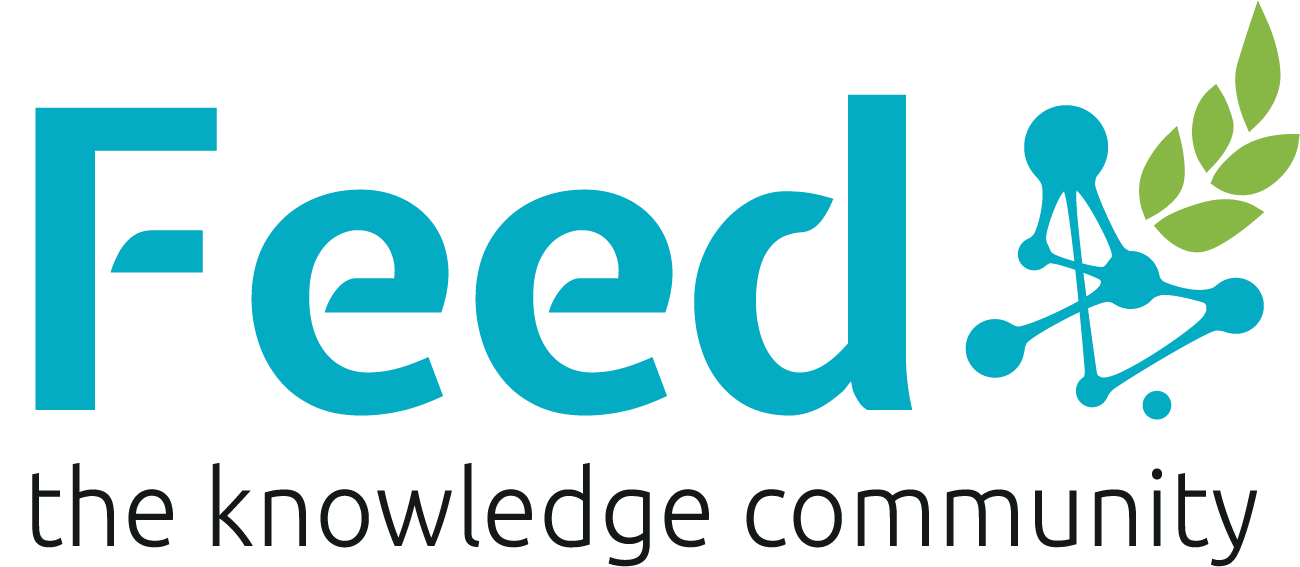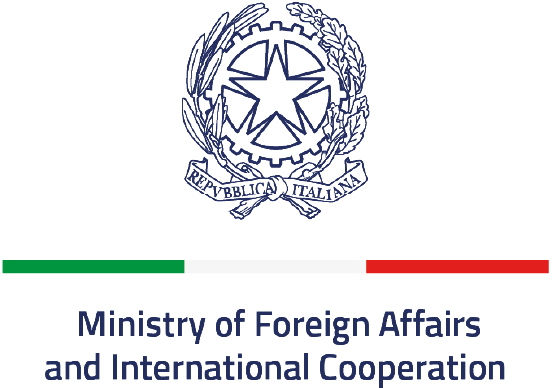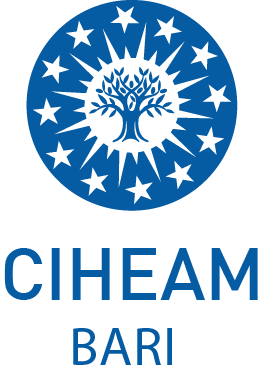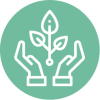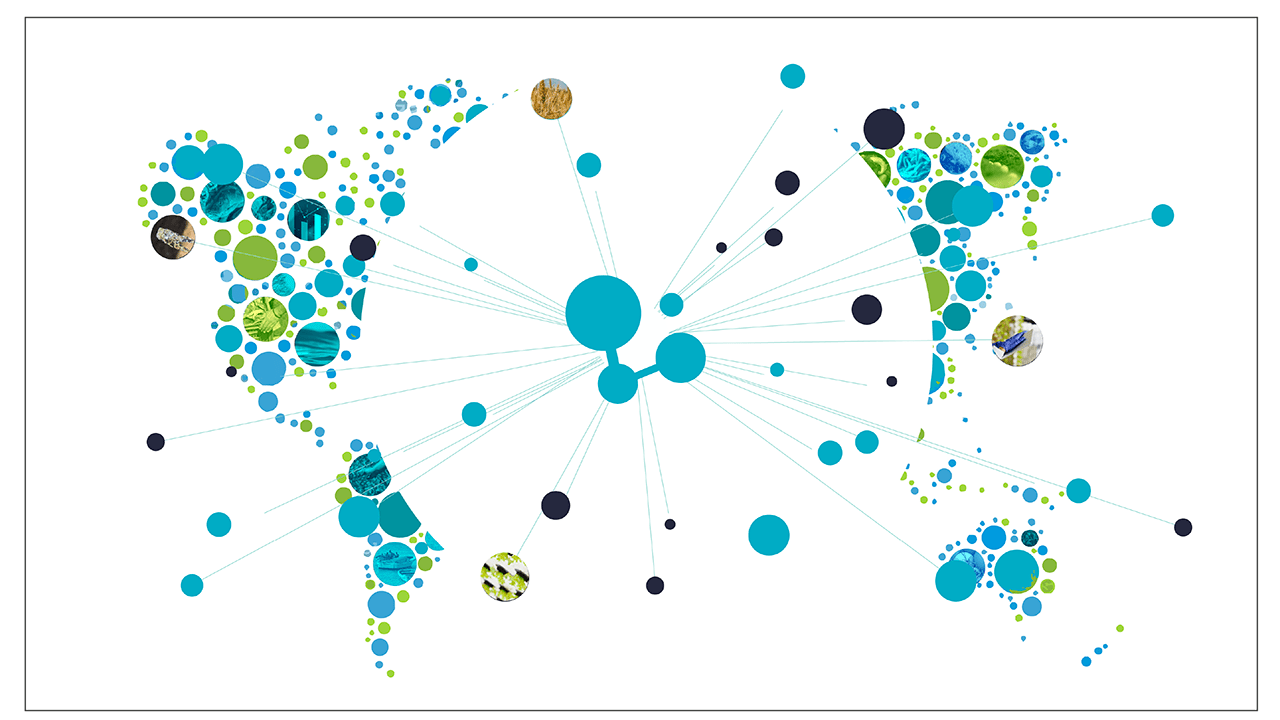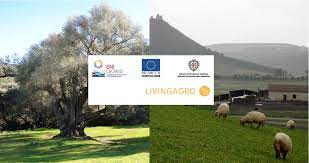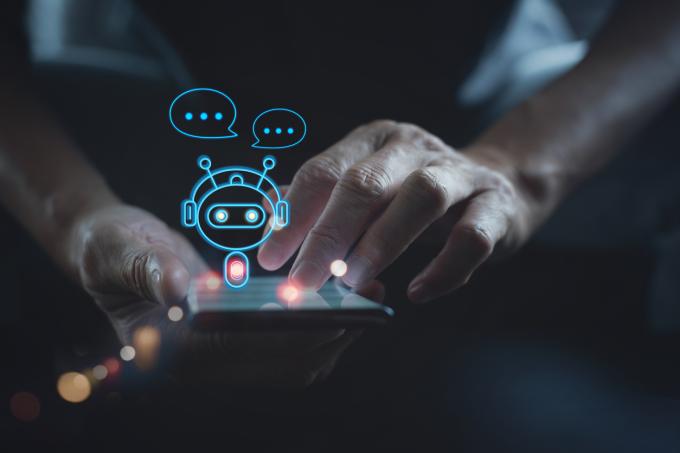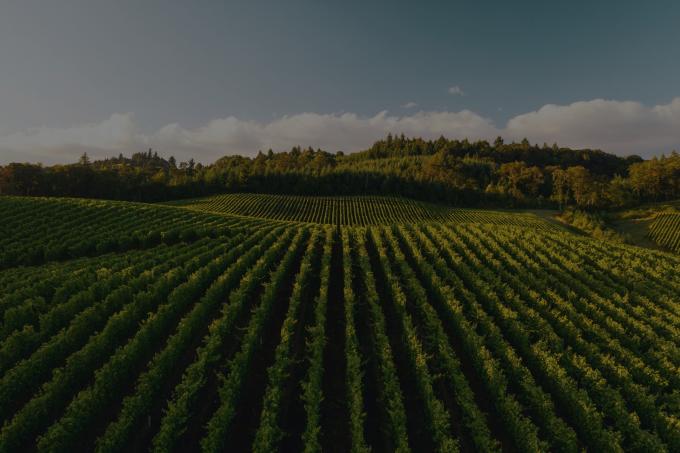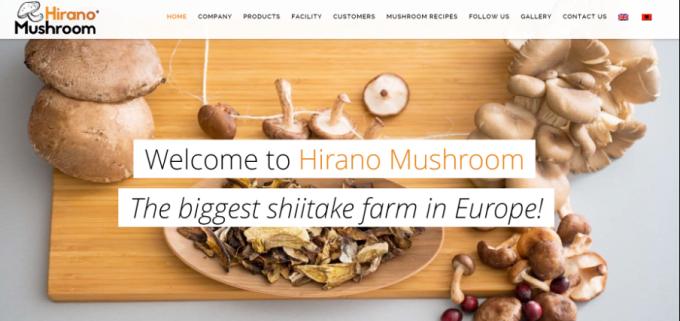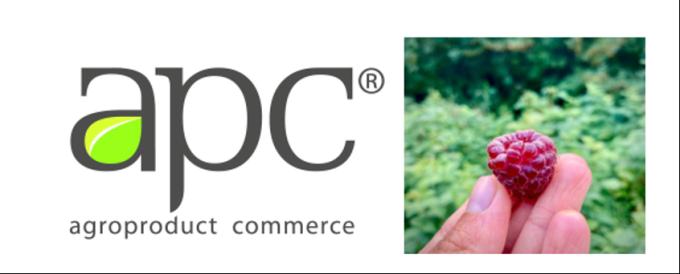GOOD PRACTICE

Advancing organic grape farming: precision agriculture and digital management transformation through IoT applications generate greater efficiency for organic wine and vine supply chain in Italy
Italy
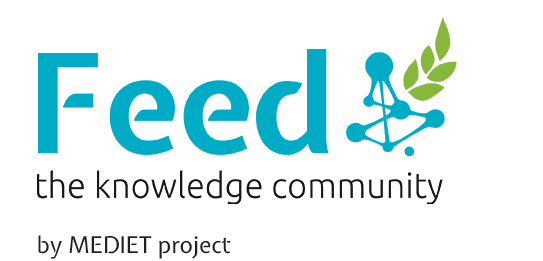
Transitioning from traditional to precision agriculture in organic grape farming, utilising sensor technology and Decision Support Systems (DSS) is crucial to innovation as shown by this practice. Precision agriculture implementation, facilitated by IoT, reveals significant improvements in water use efficiency, yield, product value, and post-harvest efficiency, especially for organic wine and vine supply chains. This practice fosters knowledge sharing and innovation in organic grape farming through participatory approaches and digital dissemination.
You must be registered to see all the content
The need identified by the long experience of research and collaboration with specialised organic table grape farms is to bring about a radical change in management from traditional to precision agriculture, allowing the full use of sensor technology and Decision Support Systems (DSS) in the management of farm inputs. The organic farm is better prepared for the implementation of digital management mechanisms that can be measured with specific Key Performance Indicators (KPIs) to be implemented before and after the implementation of improvements. These include (but are not limited to) qualitative water use (water use efficiency), yield per hectare (average yield), finished product value (measurable through analysis), crop evapotranspiration indices (Kc), improved post-harvest efficiency (shelf life improvement). All these KPIs have been measured during the four years of experience, with average increases of between 15 and 25 per cent.
The actors involved in the process of change can now be identified in all farms that produce quality products, or rather in all those that have a vision of the supply chain that includes compliance with a production specification. They include various groups of entrepreneurs, ranging from medium-sized farms (at least in Apulia, 20 hectares or more of specialised crops) to producer organisations (POs) of almost all production sizes, associations of technical consultants, territorial research bodies and (last but not least) technology providers. In fact, modern farm management plans cannot ignore sensor applications at field level (IoT = Internet of Things), as their non-implementation would result in inefficiency of production assets. Companies involved in farm management change have indeed implemented precision agriculture at all levels through specific consultancy companies. (Three POs: APO FRUIT, Op Jonica and OP Romanazzi).
The impact has led to a change that can be considered definitive and irreversible. In fact, the agricultural production has been adapted to the use of digital agriculture in the production scheme, and this assumes more relevance on the costs and management automation introduced. The different communities have started processes of sharing and analysing the costs of introducing IoT in different contexts (for example, other cuisines such as citrus and cash annuals). Feasibility studies have been carried out as part of the IoF 2020 (Internet of Food and Farm) project. A cost-benefit analysis of the first years of IoT implementation in such contexts will be carried out in a future Horizon project called CODECS, following the living lab approach.
The project has (albeit unwittingly) adopted a living lab approach, involving all technical stakeholders in a participatory approach to the exclusion of the consumer community. The finished product can be viewed on the web and directly in the field through explanatory videos, which can be found directly in the dedicated section of the IoF2020 website.
